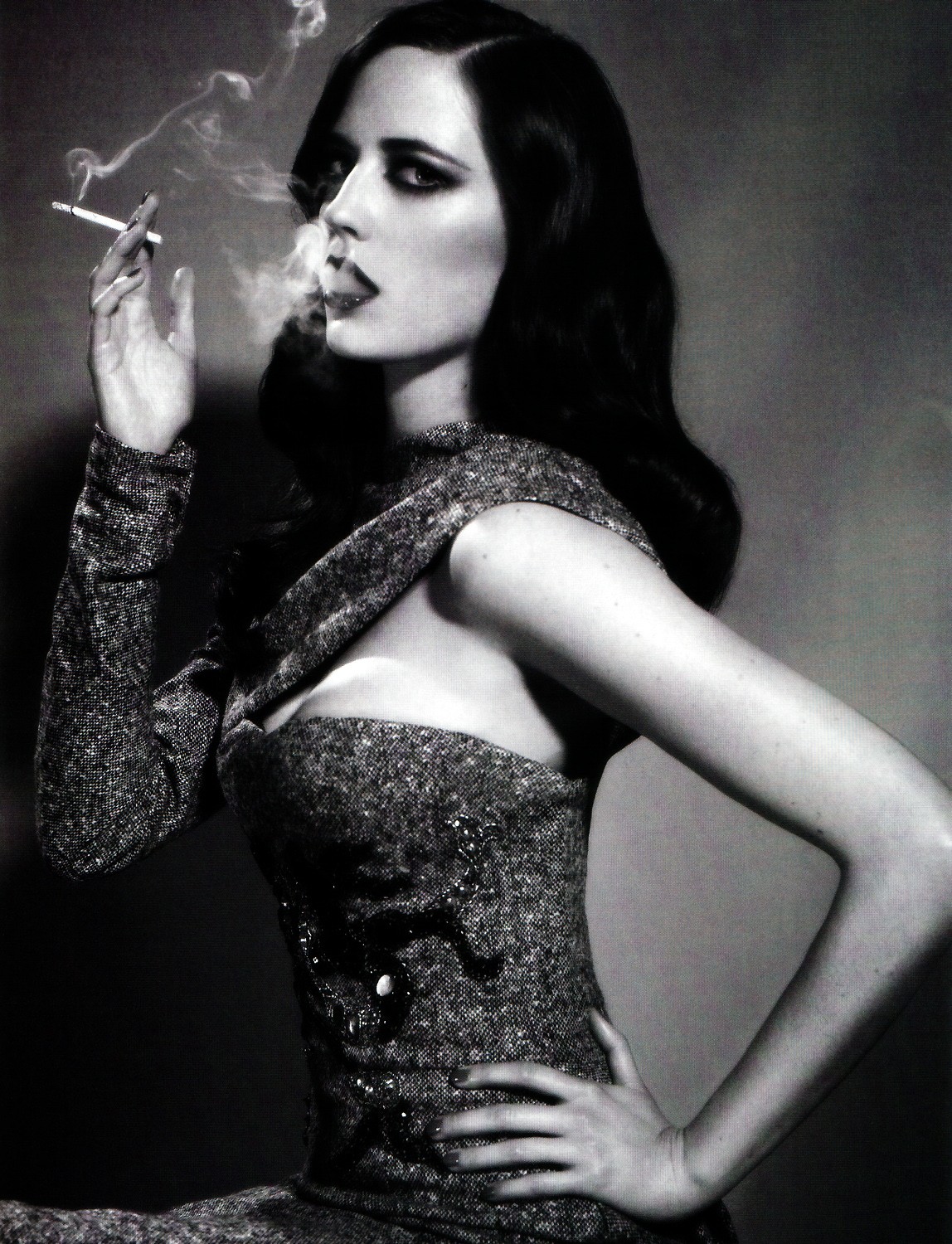There are many different classifications, starting of with U for universal, all audiences can view this kind of movie, they are usually but not limited to children's movies, this is because they are not allowed to contain any strong forms of violence, drugs, horror, imitable behavior, nudity, sex or discrimination.
The second rating is PG, standing for parental guidance, so it is the parents choice wether the child is allowed to watch the movie or not. It is allowed to show very mild forms of violence, and references to sex however should not offend any one under the age of 8.
The third rating is 12, which means audiences aged 12 and over are allowed to watch the following film, 12A is a further given classification which is only used for theatrical viewings in cinema's, what it means is that they have to be attended by an adult to see it.
The fourth rating which is 15, is more explicit, however they still may not show, prolonged sex, gore and sadistic violence.
The final classification which is 18, is allowed to display any theme no matter how violent, gory, discrimminatory and abusive thus meaning that some audiences may or may not find them offensive, however some works would go into the R18 category which deals with sexual fetish, and pornographic material.
Appropriateness of different audience classifications.
Thriller movies don't seem very appropriate for young children, as thrillers often contain violence, murder, bad language, and generally things that are too scary for them to see. Following the BBFC ratings, the minimum I would give a thriller is about the 15 classification. However, there are many very violent thrillers that would also fit the 18 classification, and other mild thrillers that fit in the 12 classification. Something like a Conspiracy, Legal, Techno or Political thrillers would probably fit in the 12 or 15 classification. Crime, Psychological or Supernatural thrillers would probably fit in the 15 or 18 classification. However, something like a political thriller, may seem boring to a 12 year old, even though it is considered suitable for them to view it.
My target audience...
For my opening sequence, I would like to target the teenager to young adult audience. Looking at the BBFC (British Board of Film Classification) ratings, this could come under the 12, 15 or 18 rating.
Looking at the 12 rating, moderate violence is allowed, no emphasis on on details (like blood). Weapons are allowed, but not glamorised. Drug use is allowed, but can't be glamorised. Very infrequent strong language is allowed.
The 15 rating says that strong violence is allowed. Frequent strong language is allowed. Drug Taking is allowed. Discriminatory behaviour/language is allowed.
The 18 rating says that very strong violence is allowed. Frequent strong language is allowed. Strong horror/blood and gore is allowed.
After researching this me and my partner have decided for our film to be targeted at 15 - 25 year old demographics.
Thriller will attract many different demographic types, in particular young adults, who seek thrills and enjoy mystery, the person has to be into twists in the story and who enjoys working things out for themselves. They are more appealing to boys than girls slightly due to the suspense element which some girls enjoy less. I would target a young audience as they are the most likely to watch thriller movies, between ages 15 and 25, this is also the largest market for films. Some considerations would be to have young and attractive characters that would appeal to the young audience and someone that they can look up to. The content that I would have to use would have to be appropriate for a young audience, so I will include several fast edits to build attention and use appropriate tense score, there can be mild references to gore and violence, but I have to be careful not to show to much or else it could be classed as inappropriate for the audience that I would want to show it for by the BBFC.
Subgenre: Psychological thriller
Me and my partner want to make our film a psychological thriller because we think that is what a true thriller is, something that has elements which play on your mind like scary noises and clever editing and cinematography, we believe that this is what we want for our film to look like. We will not include any gore, strong language or discrimmination just thrills so for my opening sequence, I highly doubt it would fall over the 18 rating. It would probably fit under the 15 classification. I don't think the sequence will feature strong language or discriminatory behaviour, but it may include strong violence, or drug use, possibly fitting in the 15 category.
Demographic: 15-25 year old audience's
The kinds of audiences that would be interested in this would be people who enjoy mystery and tension and are drawn to suspense.
I want to do a film that would appeal to the teenager/young adult audience because I am of that age, and I think I understand what appeals to this age range, thus aiming my film for the 15-25 demographic, which is also a large section of the market.
For my movie I would most likely keep it to a “15” which contain the following:
-strong violence
-frequent strong language
-portrayals of sexual activity
-strong verbal references to sex
-sexual nudity
-brief scenes of sexual violence or verbal references to sexual violence
-discriminatory language or behaviour
-drug taking












